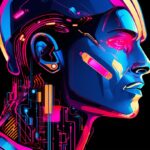Is AI automation putting tailor and dressmaker careers at risk? As technology continues to evolve, it’s important to explore how AI is revolutionizing the fashion industry and the potential challenges it poses to these skilled professions.
So, let’s dive into the world of AI automation and its potential threat to tailor and dressmaker careers.
Key Takeaways
- AI automation revolutionizes the tailor and dressmaker industry by enhancing efficiency and accuracy.
- Concerns about job security arise as AI technology can potentially decrease the demand for human workers in the industry.
- The introduction of AI automation raises concerns about potential job losses and the potential impact on the unique craftsmanship and personalized touch of small businesses.
- AI automation presents challenges and opportunities for customization and personalization in the industry, with AI algorithms offering personalized recommendations and perfectly fitting garments, while human expertise remains important.
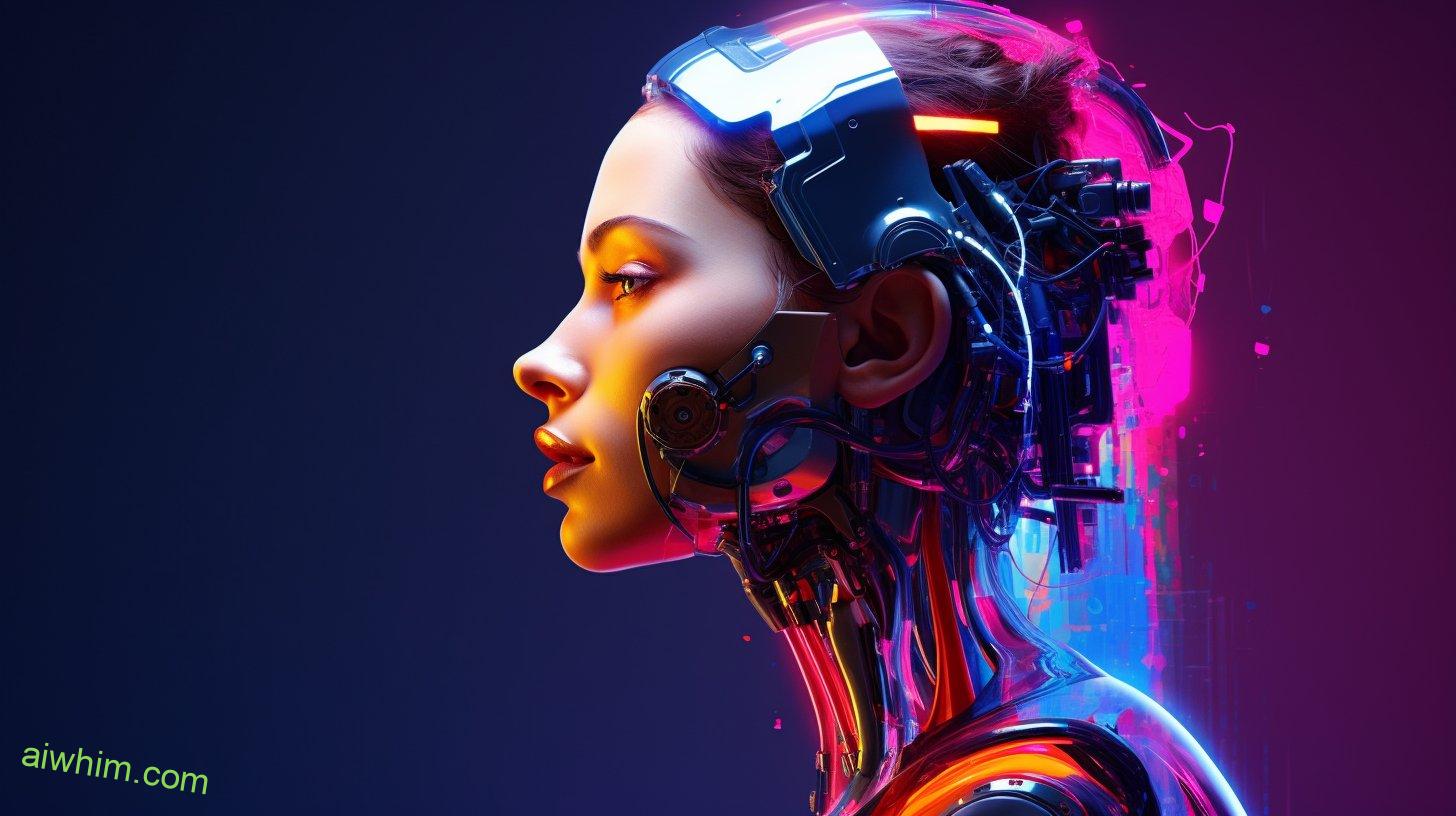
The Role of AI in Tailoring and Dressmaking
AI plays a crucial role in modern tailoring and dressmaking, revolutionizing the industry with its advanced technology and automation capabilities. With the advancements in fabric analysis and the integration of AI in fashion design, the possibilities in the world of tailoring and dressmaking have expanded exponentially.
One of the key advancements in fabric analysis is the ability of AI to accurately identify and analyze different types of fabrics. This technology allows tailors and dressmakers to quickly and efficiently determine the properties of a fabric, such as its stretch, drape, and durability. By understanding these characteristics, they can make informed decisions about how best to work with the fabric and create garments that fit and flatter the wearer.
Furthermore, the integration of AI in fashion design has transformed the creative process. AI algorithms can generate unique design ideas based on historical fashion trends and customer preferences. This not only saves time but also provides designers with a fresh perspective and inspiration. Additionally, AI can assist in the pattern-making process by automatically generating precise and accurate patterns based on the desired garment specifications. This eliminates the need for manual drafting, reducing errors and increasing efficiency.
While some may argue that AI threatens the creativity and craftsmanship of tailors and dressmakers, it’s important to recognize that AI is a tool that enhances their capabilities rather than replaces them. By automating repetitive tasks and providing valuable insights, AI allows tailors and dressmakers to focus on what they do best: bringing their unique vision and expertise to create exceptional garments.

Advancements in AI-Powered Sewing Machines
Sewing machines infused with AI technology have revolutionized the field of tailoring and dressmaking, enhancing efficiency and precision in garment construction. AI-driven sewing machines have had a significant impact on garment production efficiency, allowing for faster and more accurate stitching. These machines are equipped with advanced sensors and algorithms that enable them to analyze fabric thickness, texture, and tension, ensuring precise stitching every time. This not only speeds up the sewing process but also reduces errors and wastage of materials.
One of the major advancements in AI-powered sewing machines is the integration of AI in fabric cutting technology. Traditional methods of cutting fabric often require manual measurement and marking, which can be time-consuming and prone to errors. With AI, the machines can now accurately measure and cut fabrics based on predefined patterns, saving time and improving accuracy. This not only streamlines the production process but also allows for more complex and intricate designs to be created with ease.
Furthermore, the integration of AI in the fashion design process has also revolutionized the industry. Designers can now use AI-powered software to generate unique and innovative designs based on specific criteria, such as customer preferences or market trends. This not only saves time but also opens up new possibilities for creativity and customization.

How Pattern Recognition Software Is Changing the Game
Pattern recognition software has revolutionized the field of tailoring and dressmaking by enhancing accuracy and efficiency in garment design and production. Thanks to advancements in technology, pattern recognition software applications and AI-powered design tools have now become indispensable for modern tailors and dressmakers.
These tools allow you to create precise and intricate patterns with ease, saving you time and effort.
Pattern recognition software applications utilize AI algorithms to analyze and identify patterns in fabric and designs. This technology enables you to quickly and accurately measure body dimensions, detect fabric flaws, and identify pattern repeats. With the help of these tools, you can create perfectly fitting garments tailored specifically to each client’s unique body shape and measurements.
Moreover, AI-powered design tools assist in the creation of complex patterns and intricate designs. These tools can generate countless design options based on your input, allowing you to explore a wide range of possibilities and unleash your creativity. By automating the design process, you can save valuable time and focus on bringing your unique vision to life.
Furthermore, pattern recognition software can also improve the efficiency of garment production. By automating the pattern cutting process, you can significantly reduce material waste and increase production speed. The software can accurately calculate the most efficient way to lay out patterns on fabric, minimizing the amount of fabric needed.

The Impact of AI Automation on Tailor and Dressmaker Jobs
As technology continues to advance, the integration of AI automation is reshaping the landscape of tailor and dressmaker jobs, revolutionizing the way garments are designed and produced. This shift towards automation has significant implications for job security and small businesses in the industry.
The impact on job security is a major concern for many tailors and dressmakers. With the introduction of AI automation, tasks that were once performed by skilled professionals can now be done more efficiently and accurately by machines. This raises the question of whether there will be a decrease in the demand for human workers in the industry. While AI automation has the potential to streamline processes and increase productivity, it also poses a threat to traditional jobs. As AI algorithms continue to improve, there’s a possibility that some tailor and dressmaker positions may become obsolete.
Moreover, the implications for small businesses in the industry are significant. AI automation has the potential to level the playing field between small and large businesses. With the use of AI technology, small businesses can now compete with larger companies in terms of production efficiency and quality. However, this also means that small businesses may struggle to keep up with the rapid advancements in AI technology, as the cost of implementation and maintenance can be prohibitive.
Additionally, the reliance on AI automation may diminish the unique craftsmanship and personalized touch that small businesses are known for, potentially impacting their customer base.

Potential Job Losses in the Fashion Industry
The introduction of AI automation in the fashion industry is causing concerns about potential job losses. As technological advancements continue to reshape the job market, it’s natural to wonder how this will impact the fashion industry and the people working in it.
The fashion industry has always been known for its creativity, craftsmanship, and personal touch. Tailors and dressmakers have played a crucial role in bringing unique designs to life and ensuring the perfect fit for customers. However, with the emergence of AI automation, there’s a growing fear that these traditional jobs may be at risk.
AI technology has made significant strides in recent years, particularly in areas such as pattern recognition, fabric cutting, and even garment assembly. These advancements have the potential to streamline the production process and reduce costs for fashion companies. While this may be advantageous for businesses, it raises concerns about the future of tailor and dressmaker careers.
As AI automation becomes more prevalent in the fashion industry, it’s possible that certain tasks traditionally performed by tailors and dressmakers will be taken over by machines. For example, AI algorithms can analyze body measurements and create digital patterns, eliminating the need for manual pattern making. Similarly, automated fabric cutting machines can ensure precise cuts, reducing the reliance on human expertise.
While AI automation may result in some job losses, it’s important to recognize that it also presents new opportunities. Tailors and dressmakers can adapt and embrace technology to enhance their skills and offer specialized services that can’t be replicated by machines. By combining their creativity and craftsmanship with AI tools, they can create unique designs and provide personalized experiences for customers.
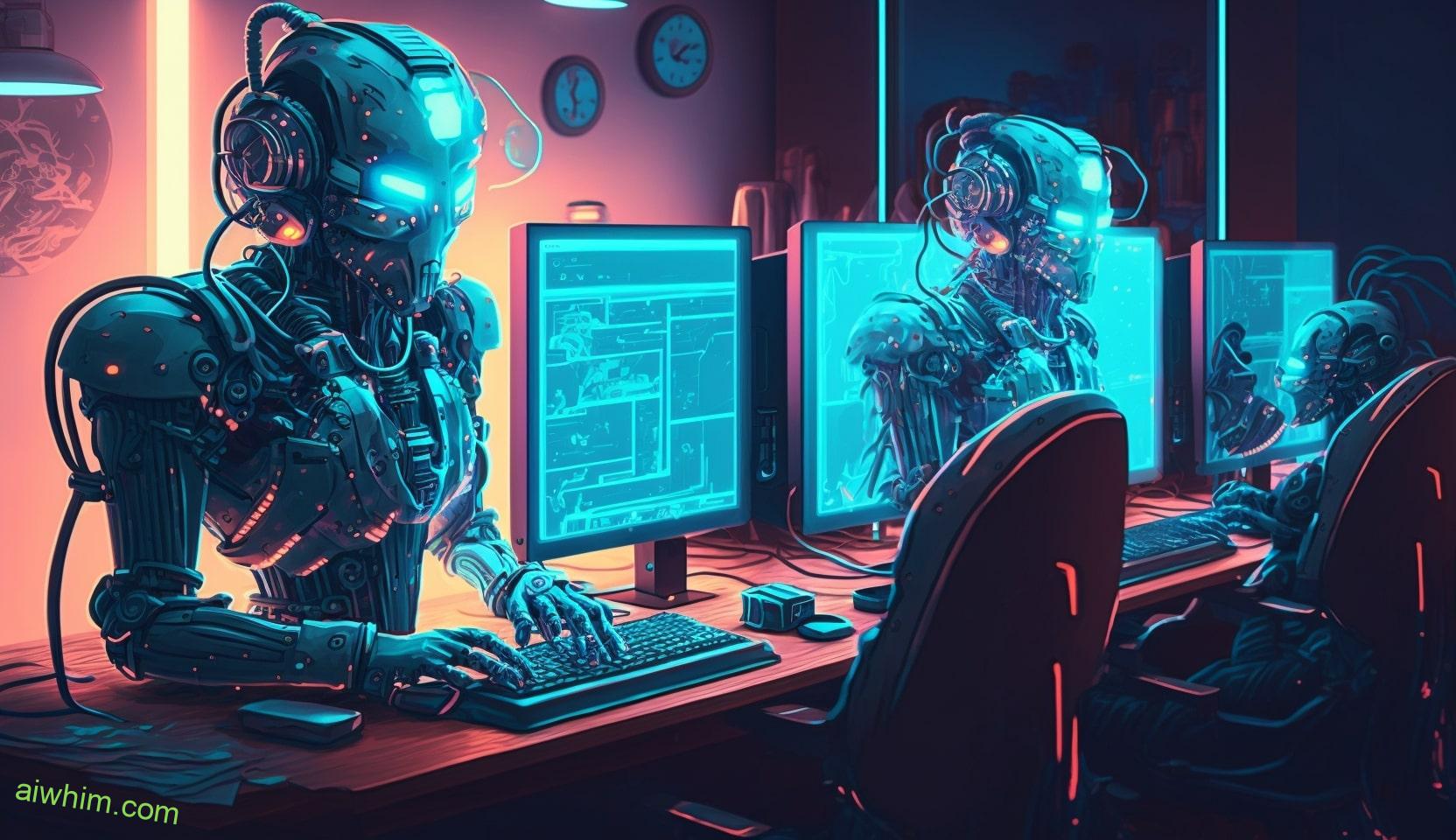
AI’s Influence on Customization and Personalization
With the integration of AI automation, the fashion industry is experiencing a significant impact on customization and personalization. The rise of AI technology has brought both challenges and trends in the realm of customization and personalization.
As a consumer who values freedom and individuality, you may be concerned about the effect AI has on the ability to tailor and personalize your clothing.
One of the customization challenges that AI automation presents is the potential loss of the human touch. Tailors and dressmakers have long been known for their ability to understand and interpret individual preferences, ensuring that garments fit perfectly and reflect the wearer’s unique style. However, with the introduction of AI algorithms and machine learning, there’s a risk that this personal touch may be diminished. AI can analyze vast amounts of data to generate recommendations, but it may not fully capture the nuances and subtleties that a human tailor or dressmaker can.
On the other hand, AI has also brought about exciting personalization trends in the fashion industry. Through advanced algorithms, AI can analyze your preferences, browsing history, and even body measurements to create personalized recommendations and designs. This level of personalization allows you to explore new styles, discover unique combinations, and experiment with different looks, all tailored to your specific taste and body shape.
It is important to note that while AI automation may streamline the customization and personalization process, it doesn’t necessarily replace the role of human expertise. As a consumer, you have the freedom to choose whether to embrace AI technology or seek out the expertise of a skilled tailor or dressmaker who can provide a more personalized and nuanced experience.
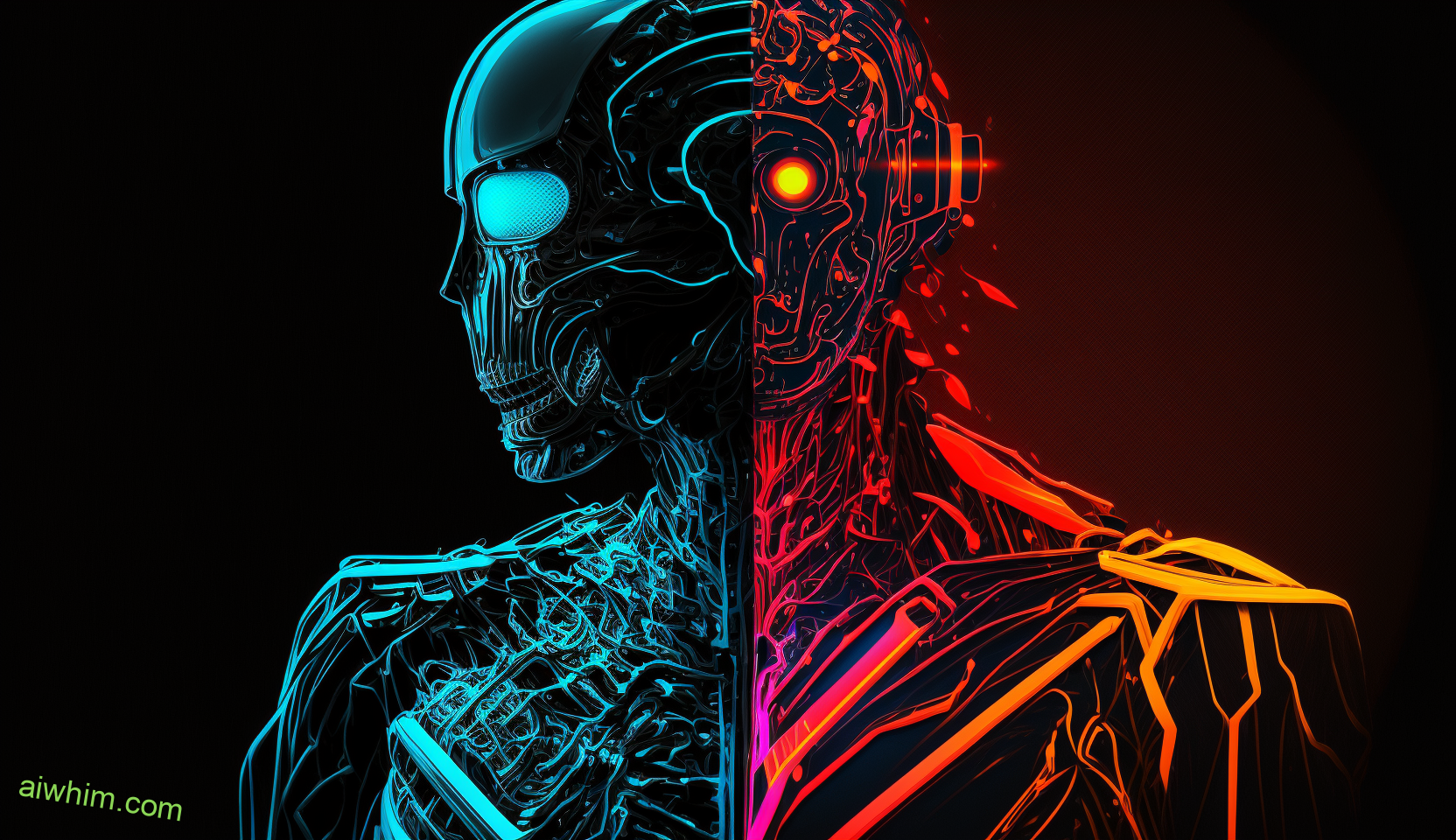
The Future of Tailoring and Dressmaking in an AI-Driven World
If you’re wondering about the future of tailoring and dressmaking in a world driven by AI automation, the impact on customization and personalization will continue to shape the industry. As AI-driven innovations advance, it’s natural to question the prospects of traditional craftsmanship and creativity in this new era.
While AI automation has the potential to streamline certain aspects of tailoring and dressmaking, it doesn’t diminish the importance of human expertise. AI can assist in tasks such as measurements, pattern-making, and fabric selection, allowing tailors and dressmakers to focus more on the artistic and creative aspects of their craft. This collaboration between human skills and AI technology opens up exciting possibilities for the future of the industry.
With AI taking care of repetitive and time-consuming tasks, tailors and dressmakers can dedicate their time to exploring new design concepts, experimenting with different fabrics and materials, and creating unique and personalized garments for their clients. The future of craftsmanship lies in the ability to combine traditional techniques with AI-driven innovations to deliver exceptional quality and individuality.
Moreover, the demand for customized and personalized clothing is unlikely to diminish in an AI-driven world. In fact, AI can enhance the customization process by analyzing customer preferences and body measurements to create garments that fit perfectly and reflect personal style. This level of personalization is highly valued by individuals who desire freedom in expressing their unique identity through fashion.
In terms of job prospects, AI automation may lead to a shift in the skill set required by tailors and dressmakers. While some routine tasks may be automated, there will always be a need for skilled professionals who can provide the human touch, attention to detail, and creativity that AI can’t replicate.
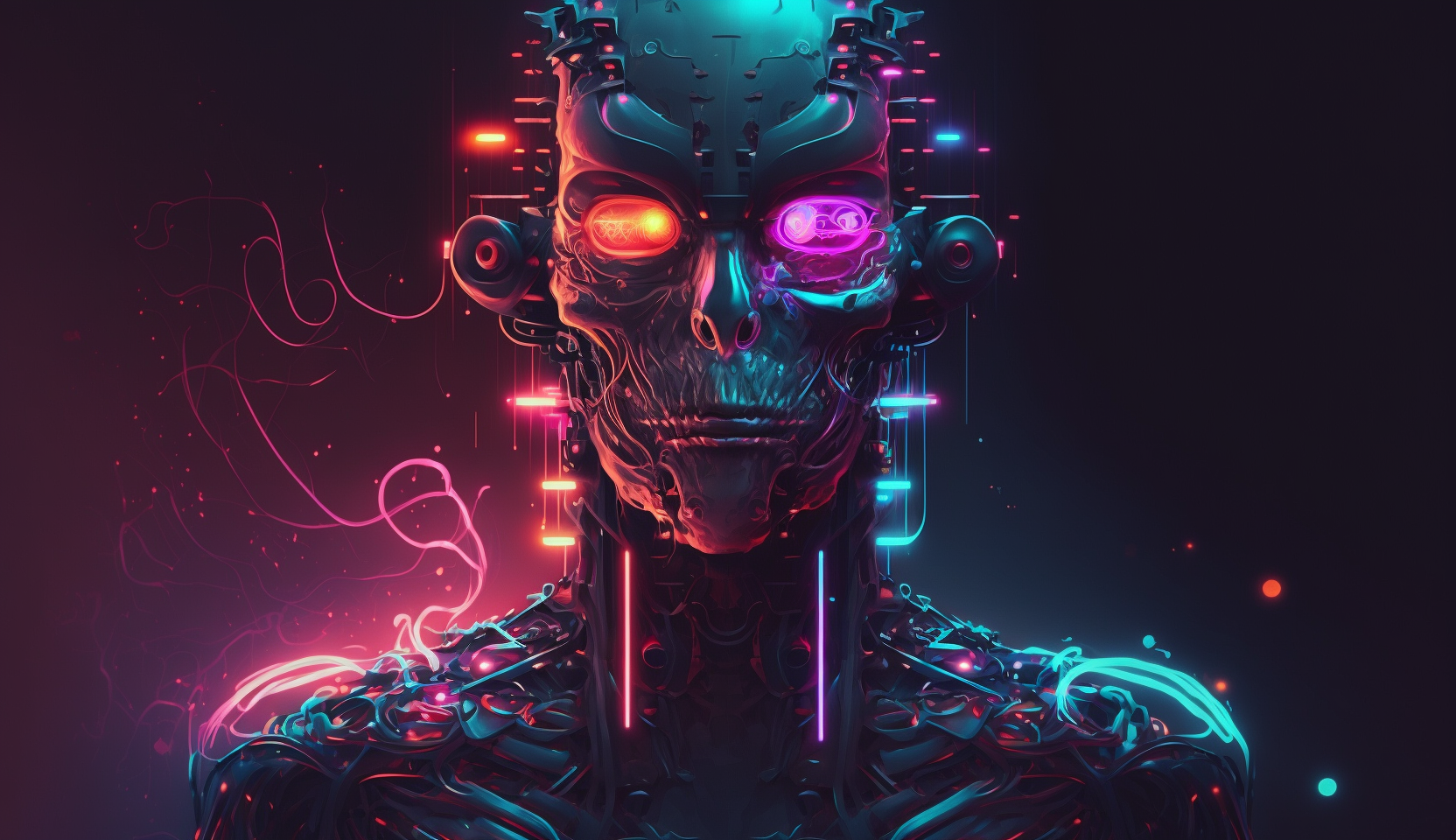
Upskilling and Adapting to AI Technology
To thrive in an AI-driven world, you must embrace upskilling and adapt to the advancements in AI technology. As a tailor or dressmaker, this means staying ahead of the curve and ensuring your skills remain relevant in the face of automation. While the rise of AI might seem daunting, there are numerous upskilling opportunities available to help you navigate these changes and continue to excel in your craft.
Here are a few key challenges and adaptations to consider:
- Continuous learning and upskilling: Embrace lifelong learning and seek out opportunities to enhance your skills. Take advantage of online courses, workshops, and certifications that focus on AI technology, machine learning, and automation in the fashion industry. By staying up-to-date with the latest advancements, you can position yourself as an expert in the field and offer unique value to your clients.
- Collaboration with AI systems: Rather than viewing AI as a threat, explore ways to collaborate with AI systems to enhance your work. For example, you can leverage AI-powered pattern recognition software to streamline the design process and improve accuracy. By combining your artistic expertise with the efficiency of AI, you can deliver high-quality garments in less time, providing a competitive edge in the market.
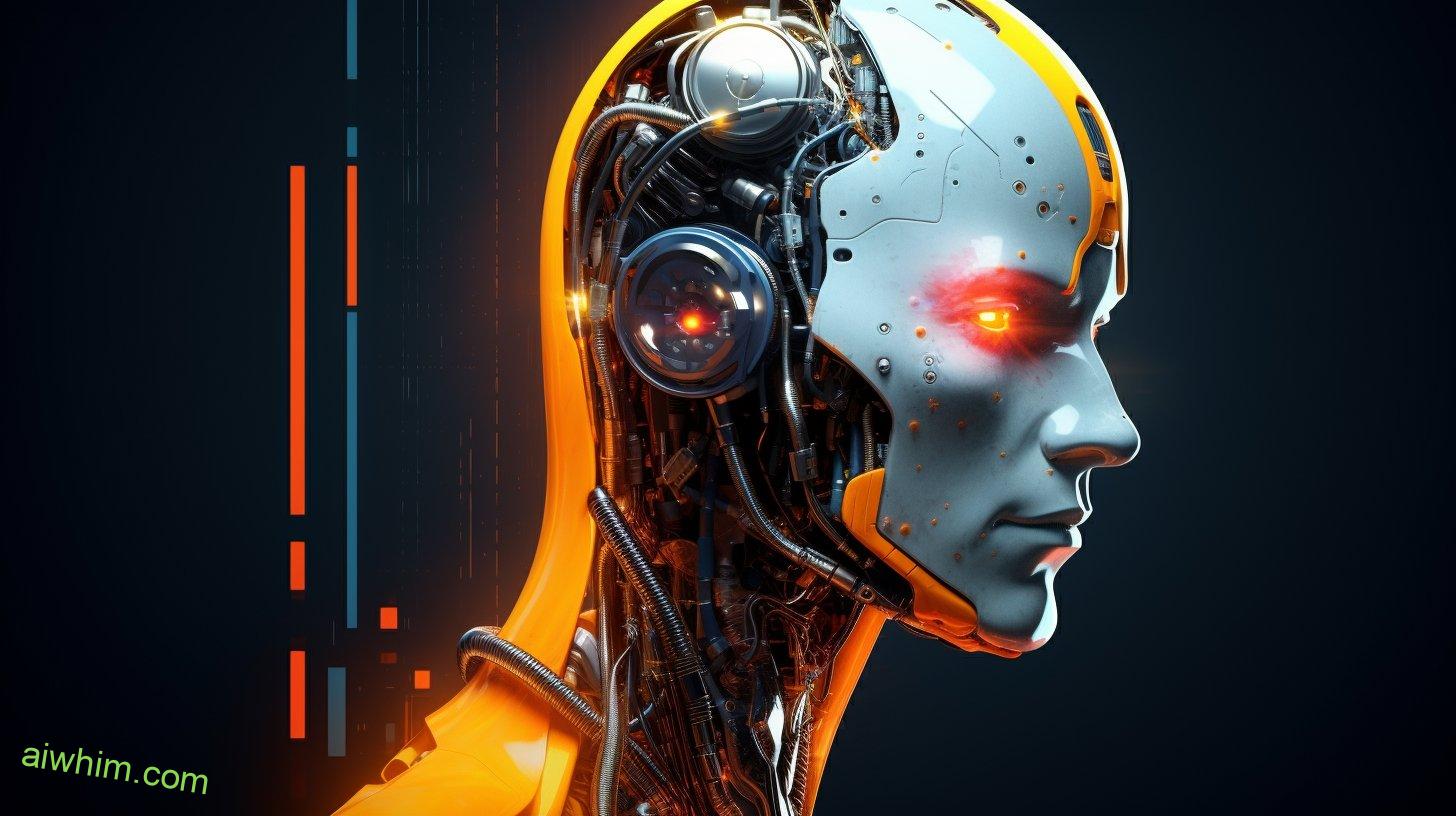
Ethical Considerations in AI Automation for Fashion
As you navigate the advancements in AI technology and upskill in your tailor or dressmaker career, it’s important to consider the ethical implications of AI automation in the fashion industry. While AI automation has the potential to revolutionize the way garments are made, there are several ethical considerations that need to be addressed.
One of the main ethical implications of AI automation in fashion is the potential impact on employment. As AI systems become more advanced and capable of performing tasks traditionally done by humans, there’s a risk of job displacement for tailors and dressmakers. This raises questions about the social impact of AI automation in the industry, as it could lead to unemployment and financial instability for many skilled workers.
Another ethical concern is the potential for AI bias. AI algorithms are trained on large datasets, which can inadvertently perpetuate biases present in the data. This could result in discriminatory practices in the fashion industry, such as AI systems favoring certain body types or promoting harmful beauty standards. It’s crucial to ensure that AI systems are designed and trained in a way that promotes inclusivity and diversity.
Furthermore, there are privacy and data security concerns associated with AI automation. As AI systems collect and analyze vast amounts of data, there’s a risk of unauthorized access or misuse of personal information. It’s important to establish robust safeguards to protect the privacy and security of individuals involved in the fashion industry.
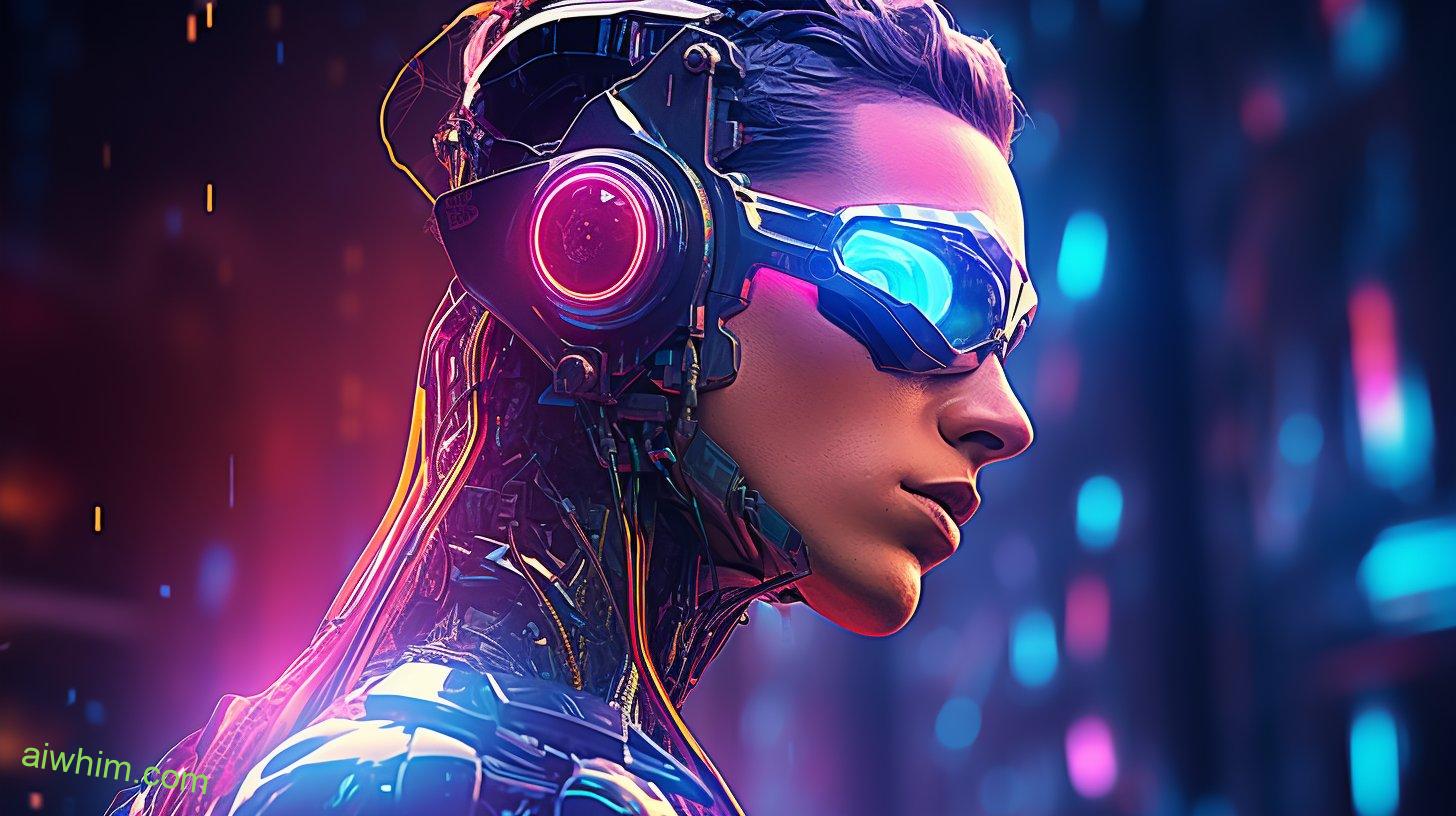
Embracing Collaboration Between Humans and AI
Collaboration between humans and AI is essential for leveraging the full potential of AI automation in the fashion industry. In a world where technology is advancing rapidly, it’s important to embrace the power of human AI partnership to create a future that combines the best of both worlds.
Here are two reasons why collaborative creativity is the key to success:
- Enhancing Design Process: By working hand in hand with AI, designers can unlock new possibilities and push the boundaries of creativity. AI algorithms can analyze vast amounts of data, trends, and customer preferences to provide valuable insights that can inspire designers to create innovative and unique designs. This collaboration allows designers to harness the power of technology while still maintaining their artistic vision and personal touch.
- Improving Efficiency and Accuracy: AI automation can streamline various aspects of the fashion industry, such as inventory management, supply chain optimization, and personalized customer experiences. By partnering with AI, professionals in the fashion industry can automate repetitive tasks, freeing up their time to focus on more strategic and creative endeavors. This partnership ensures that human expertise is combined with AI’s computational power, resulting in improved efficiency and accuracy throughout the entire fashion value chain.
In a world where AI automation threatens certain job roles, it’s important to recognize that collaboration between humans and AI can create new opportunities and enhance existing ones. By embracing a human AI partnership, the fashion industry can leverage AI’s capabilities to drive innovation and growth while preserving the unique skills and creativity that humans bring to the table.
Together, humans and AI can shape a future where technology and human ingenuity work hand in hand to create a fashion industry that’s both efficient and creatively fulfilling.
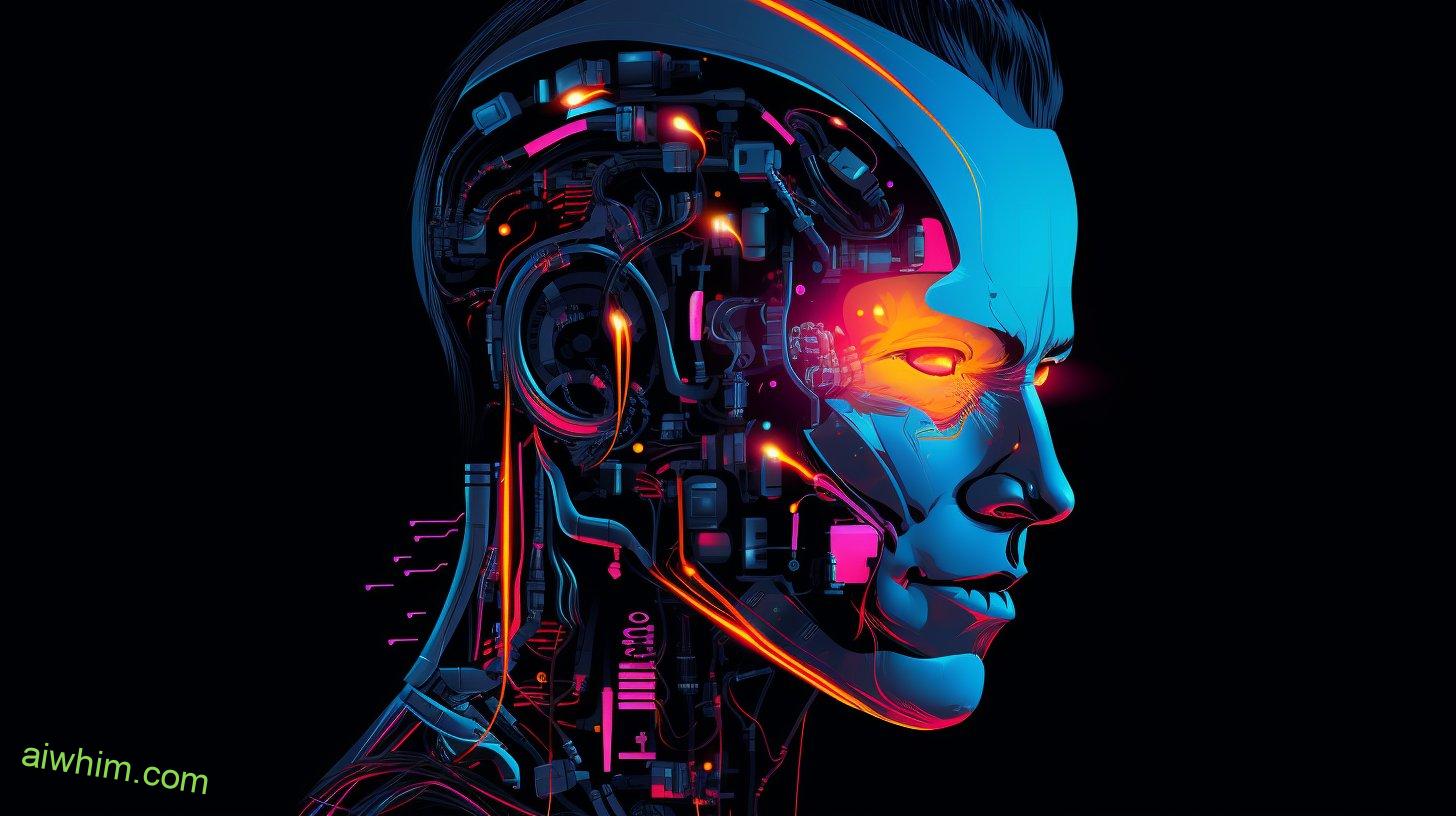
Strategies for Tailors and Dressmakers to Thrive in the AI Era
By adopting innovative strategies, you, as a tailor or dressmaker, can navigate the AI era with confidence and continue to thrive in the fashion industry.
In this rapidly changing landscape, there are several key strategies that can help you stay ahead of the game.
First and foremost, take advantage of the upskilling opportunities that are available to you. As AI technology continues to advance, it’s important to stay updated on the latest trends and techniques in your field. Consider attending workshops, seminars, or online courses that focus on topics such as AI integration in fashion design, digital pattern making, or 3D modeling. By expanding your skill set, you can ensure that you remain relevant and valuable in the industry.
In addition to upskilling, it’s crucial to leverage your creativity. AI may have the ability to automate certain aspects of the tailoring process, but it can’t replicate the unique artistic vision and craftsmanship that you bring to your work. Embrace your creativity and use it to your advantage. Experiment with new designs, explore innovative materials, and collaborate with other creative professionals. By pushing the boundaries of your craft, you can differentiate yourself from AI-driven competitors and offer something truly unique to your clients.
Furthermore, embrace collaboration with AI technology. Rather than viewing it as a threat, see it as a tool that can enhance your work. AI can assist you in areas such as fabric selection, trend analysis, or even customer preferences. By working in tandem with AI, you can streamline your processes, improve efficiency, and deliver even better results to your clients.
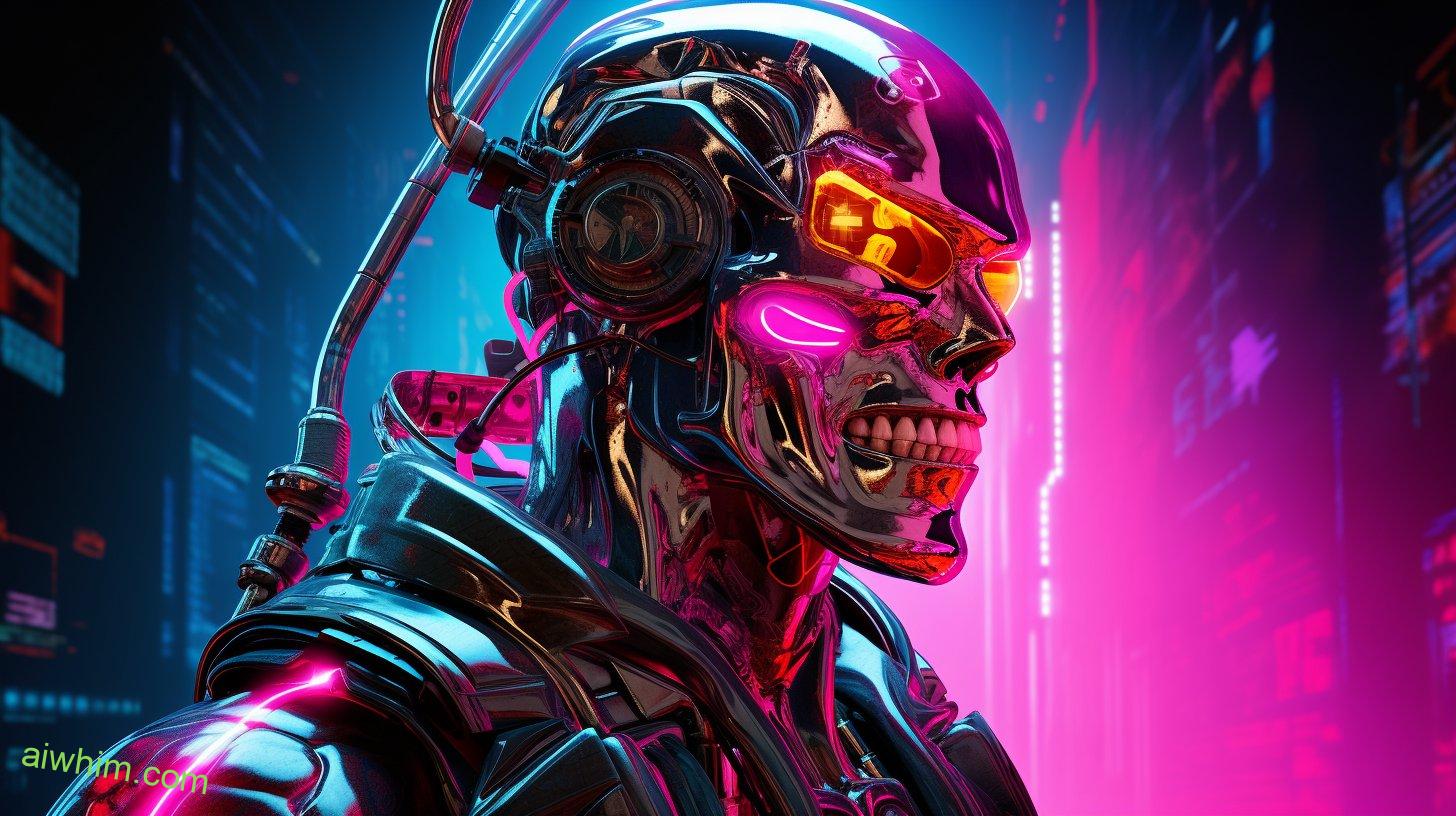
Frequently Asked Questions
What Are the Potential Job Losses in the Fashion Industry Due to AI Automation?
AI automation in the fashion industry has the potential to displace jobs and impact small businesses. It’s important to be aware of the potential job losses and consider how this technology may affect your career.
How Is AI Influencing Customization and Personalization in Tailoring and Dressmaking?
You’ll be amazed at how AI is revolutionizing tailoring and dressmaking. With AI-driven virtual fitting, you can now have customized and personalized garments that perfectly fit your unique style. This innovation also has a positive impact on sustainable fashion.
What Ethical Considerations Should Be Taken Into Account When Using AI Automation in the Fashion Industry?
When considering the use of AI automation in the fashion industry, it is important to think about the ethical considerations and the impact it may have on the craftsmanship and personal touch that tailor and dressmaker careers provide.
How Can Tailors and Dressmakers Upskill and Adapt to AI Technology?
To adapt to AI technology, tailors and dressmakers can explore upskilling opportunities like learning how to integrate AI into their work. Embrace the challenges and stay ahead by gaining knowledge and skills in this ever-evolving industry.
What Strategies Can Tailors and Dressmakers Employ to Thrive in an AI-Driven World?
To thrive in an AI-driven world, tailors and dressmakers must embrace technological advancements. Look for upskilling opportunities to enhance your craft and stay competitive. Embrace change and use technology as a tool to elevate your skills and creativity.

Conclusion
In this age of AI automation, tailors and dressmakers face the looming threat of job loss. However, by embracing collaboration between humans and AI, upskilling, and adapting to new technologies, they’ve the opportunity to thrive in this era.
The key lies in finding ways to harness the power of AI while maintaining the craftsmanship and creativity that make their work unique. By doing so, tailors and dressmakers can continue to create stunning garments that captivate and inspire.





